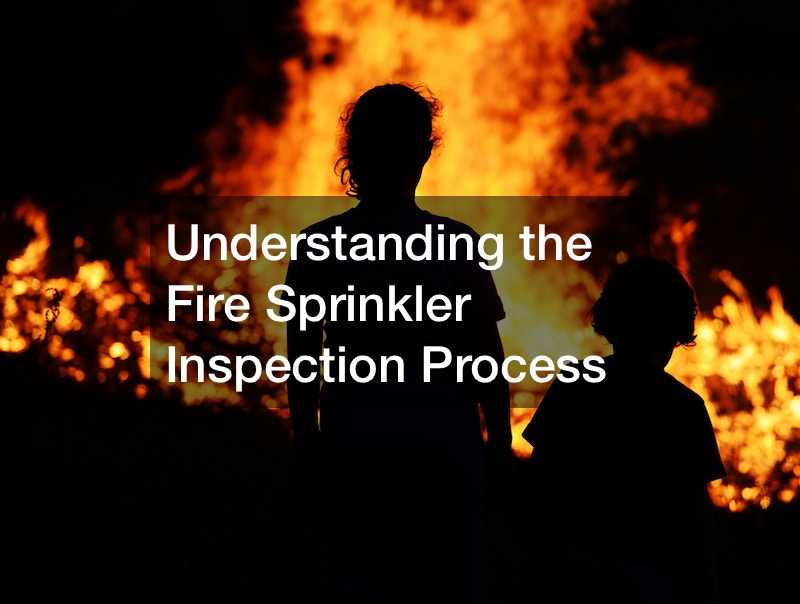
Understanding the fire sprinkler inspection process is crucial for maintaining their functionality and ensuring building safety. Here are the key steps involved in the inspection process:
The first step in the inspection process is a visual examination of the fire sprinkler system. In this step, the system will be checked for visible signs of damage, corrosion, or leaks in the sprinkler heads, pipes, valves, and fittings.
The inspector also ensures that the sprinklers are unobstructed and free from any debris or obstructions that may hinder their effectiveness.
The next step is to perform functional testing of the fire sprinkler system. This involves activating a sample set of sprinkler heads to verify that they are operating correctly and releasing an adequate amount of water. The inspector also tests the alarm system to ensure it activates when the sprinklers are triggered.
After the inspection, the inspector prepares a detailed report that documents the findings and any required actions. The report includes information about any deficiencies or issues identified during the inspection and provides necessary repairs or maintenance recommendations. This documentation is important for record-keeping and regulatory compliance purposes.
Note that fire sprinkler inspections should be conducted by qualified and certified professionals with expertise in fire protection systems. Local fire codes and regulations typically require regular inspections, and they help ensure that the sprinkler system is in good working order and ready to respond effectively in case of a fire emergency.
.




